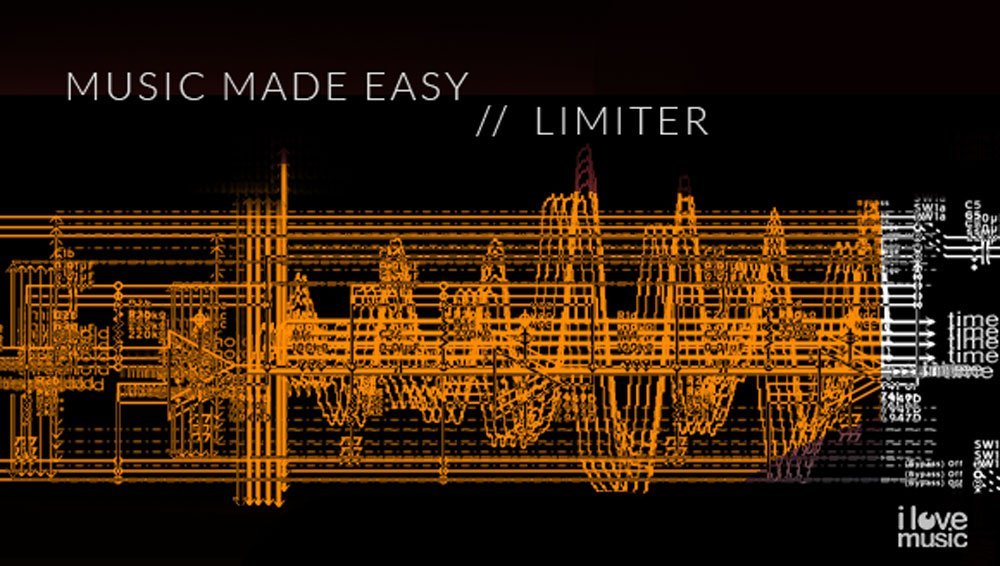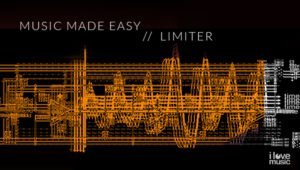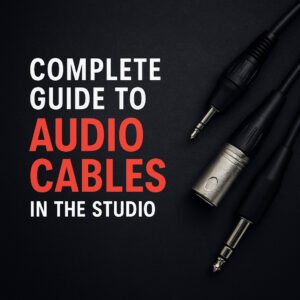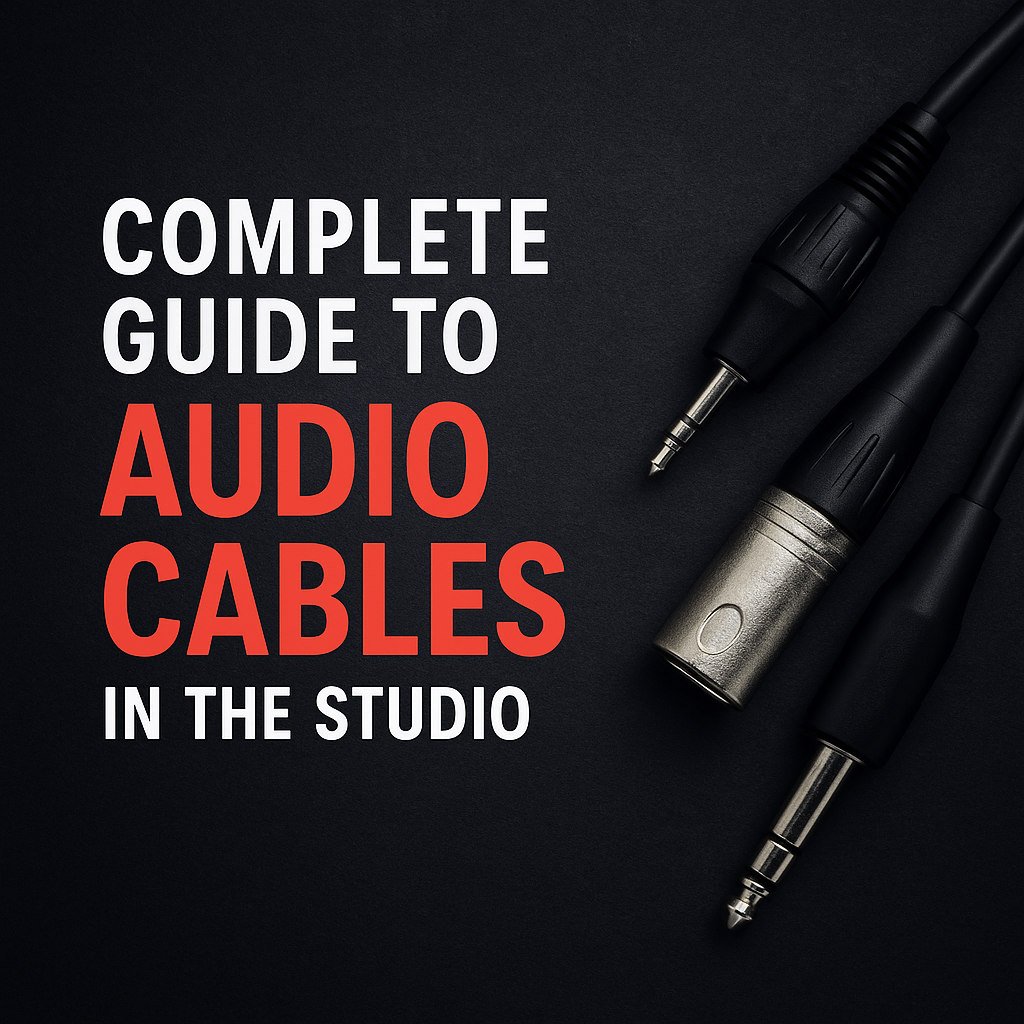LIMITER
A “limiter” is commonly used to limit the level of an audio signal to a specific “threshold level”. Don’t get confused, it’s not as complicated as it sounds.
Limiters are used as a safeguard against “signal peaking” (also known as “clipping”).
Another way to understand the function of a limiter: it suppresses the occasional signal peaks that would be too loud or distorted. For example, if a threshold level has been set to -4db, the limiter will suppress or push down anything that exceeds that threshold value and will cap the signal level at -4db.
In this way, the limiter prevents any additional gain above the threshold level. In the mastering stage of music production, a limiter is used to eliminate any unwanted headroom.
Although as a signal processing tool, it can be a bit harsh, its function is to evaluate the volume (amplitude), and lower the peaks of the waveform, if those peaks reach and exceed a pre-set value that we may refer to as a threshold.
For more information on its use, speak with our representative about a course in Music production and/or Audio engineering. All the best!
















